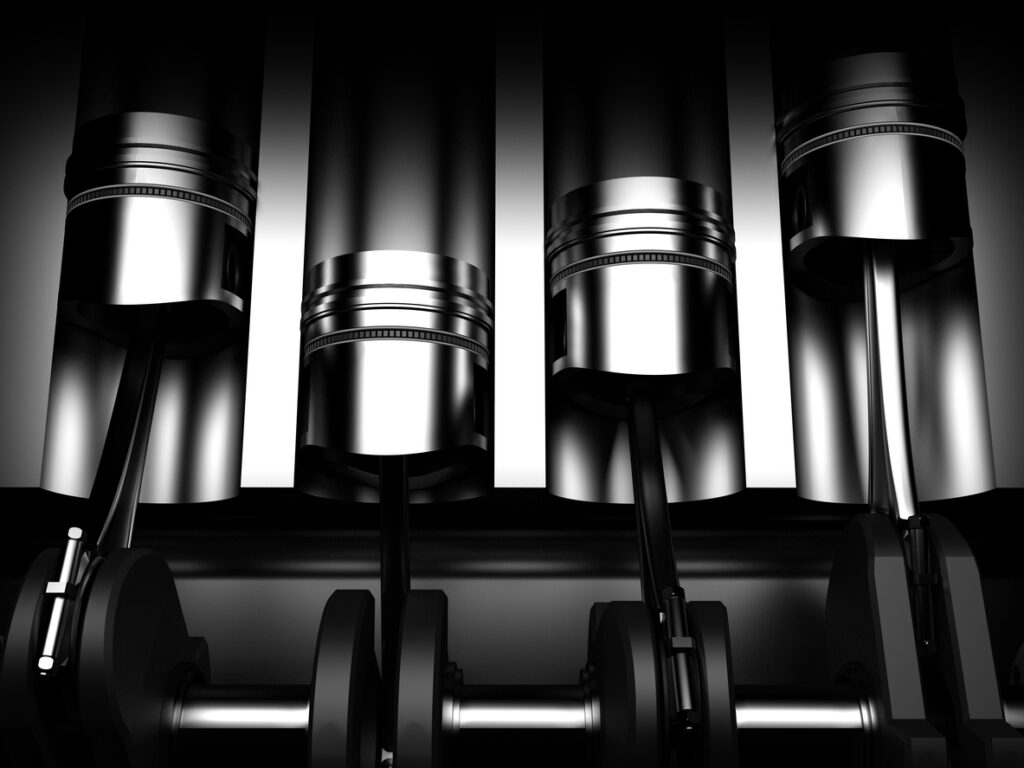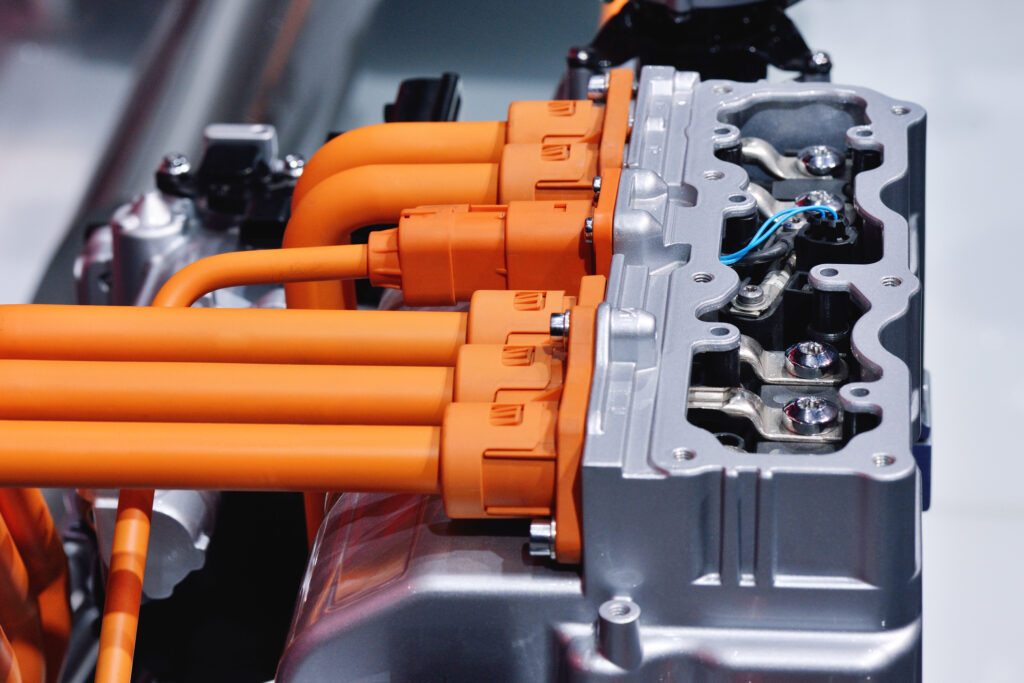
Here at Redex, we like to offer guides and advice that help you take care of your car’s engine. But a big part of proper engine health is understanding how engines work – including the pistons, cylinders and other components that power you down the road.
With that in mind, this Engine 101 guide is focusing on how pistons work, specifically in relation to our cars. We’ve offered no-nonsense guidance on what pistons are, how they operate and the role they have to play in the combustion cycle. We also take a brief look at the average piston speeds, including a neat formula you can use to calculate your own.
Ready to get started? Jump into our essential guide to car pistons below.
What is a piston?
A piston is one of the main components of a car’s engine. It moves up and down within a cylinder, transforming the heat energy of combustion into kinetic energy needed to turn the crankshaft, which in turn powers the wheels.
Since they’re capable of both applying pressure and reducing it in a single cycle, it can be helpful to think of pistons as plungers. All pistons have what’s called “piston rings” which ensure an air-tight seal, ensuring the perfect conditions for combustion and energy transfer.
Depending on the type of car engine, pistons may be positioned either vertically, horizontally or at an angle. While some reciprocating engines may only have one cylinder (and therefore one piston), car engines typically have three or four cylinders, rising to 12 cylinders for high-end performance cars.
How do pistons work in a car?
Most car engine pistons work as part of a four-stroke internal combustion cycle. The four strokes in the cycle include:
- Intake
- Compression
- Fuel power
- Fuel exhaust
Let’s take a closer look at each stage of the combustion cycle to better understand how a piston works.
1. Intake stroke
During the intake stroke, the piston is pulled back, creating a vacuum in the cylinder into which air and fuel enter.
2. Compression stroke
The compression stroke happens when the piston cycles around and moves back up, rapidly increasing the pressure in the cylinder. This heats up the fuel-air mix, making it more volatile.
A spark plug at the top of the cylinder lights this now highly combustible fuel-air mix, creating an explosion that leads to…
3. Fuel power stroke
The fuel power stroke is where heat energy transfers into mechanical energy. The power of the explosion caused by combusting fuel-air mix forces the piston back down at speed and this energy is transferred to the crankshaft. The crankshaft turns and transfers its rotational power to the flywheel, which drives the wheels and powers the car down the road.
4. Fuel exhaust stroke
After the fuel power downstroke, the piston goes up again, forcing the waste exhaust gases into the exhaust valve at the top of the cylinder. Then, the whole cycle repeats.
And that’s how a piston works in a nutshell. Given the complexity of the four-stroke combustion cycle, it’s easy to see why pistons must be absolutely gas-tight. If a piston ring were to wear, this can wreak havoc on the cycle, leading to diminished performance and an increased volume of smoke sent to the exhaust valve.

Do electric cars have pistons?
We’re now seeing more and more electric cars on the road, suggesting that these next-gen vehicles could be close to hitting the motoring mainstream for the first time. That’s despite a real lack of knowledge about how they work, and how their complex arrangement of motors and batteries power us down the road.
For instance, do you know whether electric cars have pistons or not? The answer is no, nor do they have cylinders, spark plugs or exhaust ports.
Instead, electric motors convert electricity into mechanical energy through the use of magnetic fields. It’s complicated stuff and, suffice it to say, a world away from the typical combustion cycle that most motoring enthusiasts are familiar with.
How fast do pistons move in a car?
Pistons move fast – very fast, in fact. But calculating exactly how fast does require some maths, as well as an understanding of how large a piston is and the maximum speed of an engine.
If you’re interested, the preferred formula for calculating piston speed within a car engine is as follows:
Piston Speed (fpm) = stroke x rpm ÷ 6
This gives the speed of the piston in feet per minute.
As an example, let’s say a car had a total piston stroke length of 3 inches and a maximum engine speed of 5,000 RPM. The piston speed would be calculated as:
Piston Speed (fpm) = 3 x 5,000 ÷ 6 = 2,500 feet per second
Based on this example, that means the piston is moving at a rate that’s equivalent to the distance of seven football pitches every second. We told you pistons were fast!

How many pistons does a car have?
As we touched on earlier, the number of pistons in a car is dictated by the number of cylinders. So, if your car has a four-cylinder engine, it goes that it will also have four pistons.
Cars generally have a minimum of three cylinders and a maximum of 12, though most have four. Read our guide on how to find out what type of engine your car has so you can work out its piston and cylinder number.
All clued in on how pistons work? Our engine health guide can offer some expert tips to help you keep them working at their best. Looking for more from Redex? Tap here to browse our full product range.
